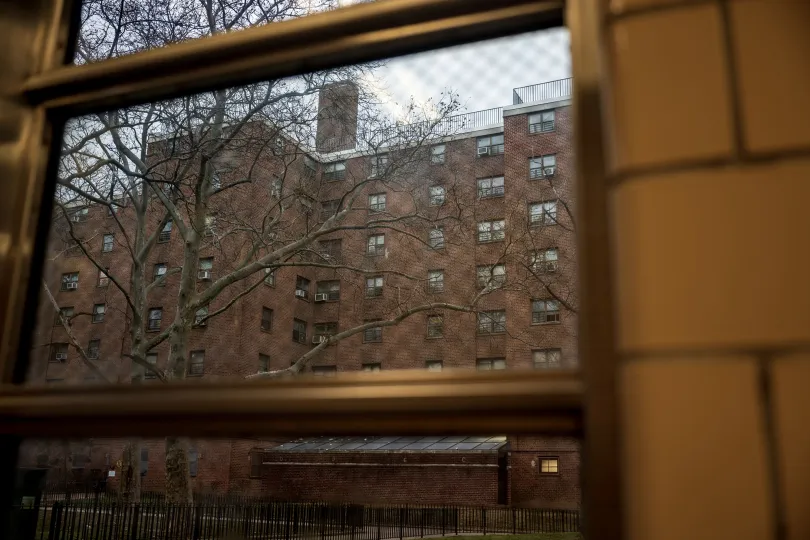89 NYCHA Buildings Earned an A for Energy Efficiency — and Even Its Managers Didn’t Believe It
Last week, the Housing Authority pulled down data on its website after THE CITY found nearly every one of its 2,100 buildings really scored grades of D and F.

 This article was originally published on by THE CITY
This article was originally published on by THE CITY
In early 2021, as required by law, the New York City Housing Authority checked out the energy efficiency of its buildings and discovered that a significant number of addresses in their deteriorating portfolio had somehow scored high grades, seemingly indicating that they were extremely energy efficient.
Dozens of public housing properties earned an A grade, the highest score possible.

Brooklyn Boro
View MoreNew York City’s most populous borough, Brooklyn, is home to nearly 2.6 million residents. If Brooklyn were an independent city it would be the fourth largest city in the United States. While Brooklyn has become the epitome of ‘cool and hip’ in recent years, for those that were born here, raised families here and improved communities over the years, Brooklyn has never been ‘uncool’.